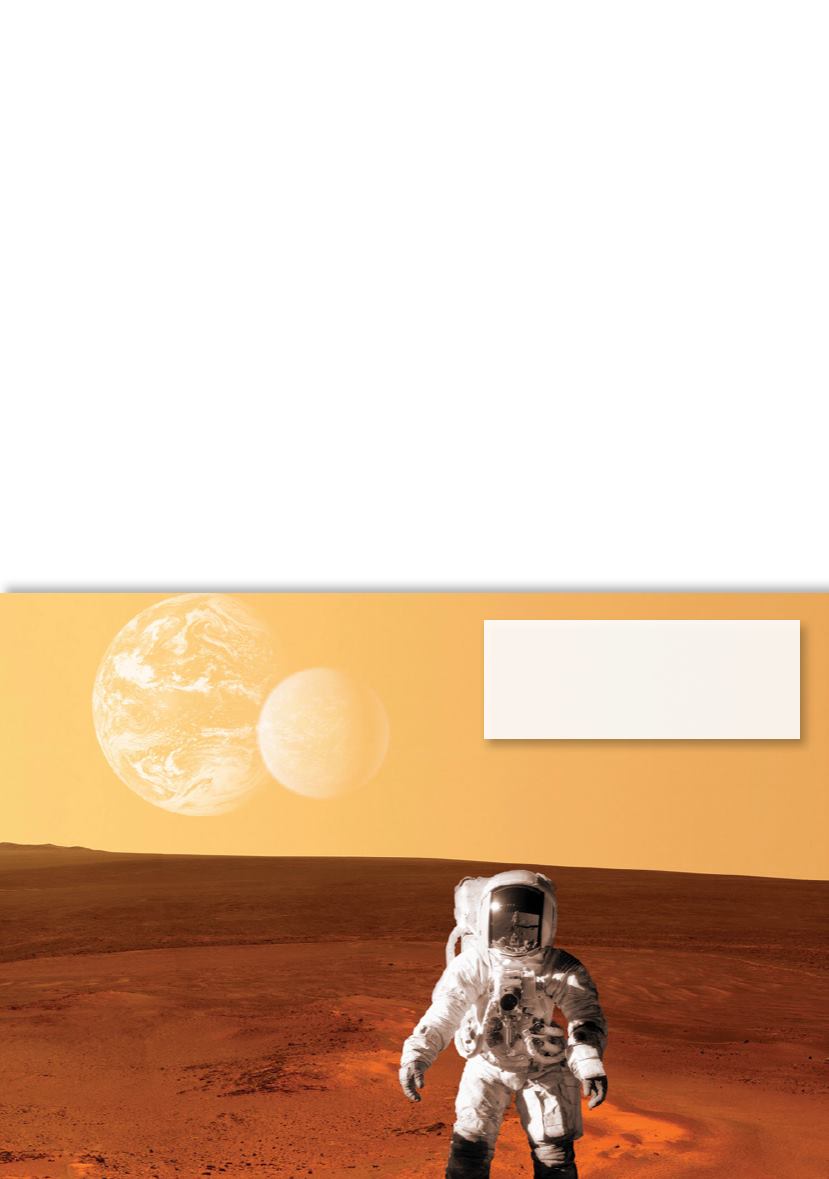
more real with 360-degree vision and sound, touch sensations,
and more. Meanwhile, augmented reality overlays digital media
onto the real world through holograms or projections. “We will
grow accustomed to seeing the world through multiple data lay-
ers,”
62
predicts Daren C. Brabham, a professor at the Annenberg
School for Communication and Journalism. Screens could one
day disappear from people’s lives. It may become much more
normal to interact with technology through speech and gestures.
Virtual and augmented reality give people instant access to
experiences. Police, soldiers, and emergency personnel are al-
ready using these technologies to train in extremely realistic sce-
narios. It may soon become commonplace to watch a concert or
football game from a virtual front-row seat. Eventually, a grand-
mother who falls sick and cannot attend her grandson’s birthday
celebration could relive the recorded party once she recovers.
Virtual or augmented interactions could help restore some of the
depth and authenticity missing from today’s digital interactions.
Experts believe that technology will
continue to radically change people’s
lives. Rather than read about Mars, for
example, a student may be projected
into a virtual exploration of its surface.


